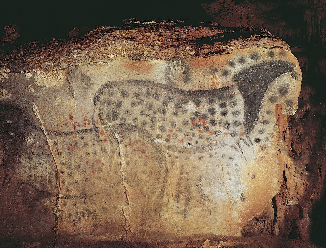Historical Milestones in Visual Communication Quiz
- NAEA
- AIGA
- NCA
2.
We’ll put your name on your report, certificate, and leaderboard.
Quiz Review Timeline (Updated): Aug 4, 2025 +
Our quizzes are rigorously reviewed, monitored and continuously updated by our expert board to maintain accuracy, relevance, and timeliness.
-
Current Version
-
Aug 04, 2025Quiz Edited by
ProProfs Editorial Team -
Aug 04, 2025Quiz Created by
Thames
















